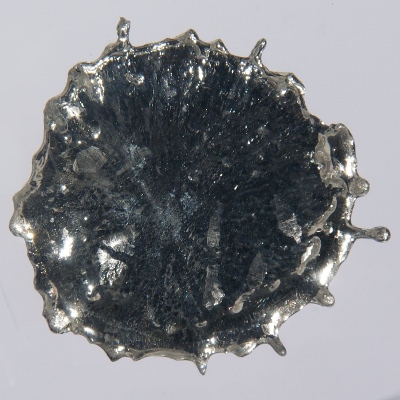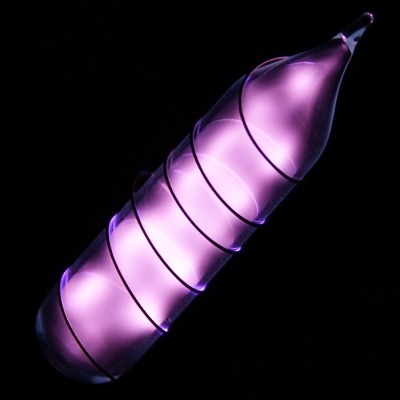Periodic Table Element Comparison: Compare Elements - Tin vs Helium
Compare Tin and Helium on the basis of their properties, attributes and periodic table facts. Compare elements on more than 90 properties. All the elements of similar categories show a lot of similarities and differences in their chemical, atomic, physical properties and uses. These similarities and dissimilarities should be known while we study periodic table elements. You can study the detailed comparison between Tin vs Helium with most reliable information about their properties, attributes, facts, uses etc. You can compare Sn vs He on more than 90 properties like electronegativity , oxidation state, atomic shells, orbital structure, Electronaffinity, physical states, electrical conductivity and many more. Tin and Helium comparison table on more than 90 properties.
Tin and Helium Comparison
Facts
| Name | Tin | Helium |
|---|---|---|
| Atomic Number | 50 | 2 |
| Atomic Symbol | Sn | He |
| Atomic Weight | 118.71 | 4.002602 |
| Phase at STP | Solid | Gas |
| Color | Silver | Colorless |
| Metallic Classification | Post Transition Metal | Noble Gas |
| Group in Periodic Table | group 14 | group 18 |
| Group Name | carbon family | helium family or neon family |
| Period in Periodic Table | period 5 | period 1 |
| Block in Periodic Table | p -block | p -block |
| Electronic Configuration | [Kr] 4d10 5s2 5p2 | 1s2 |
| Electronic Shell Structure (Electrons per shell) | 2, 8, 18, 18, 4 | 2 |
| Melting Point | 505.08 K | 0 K |
| Boiling Point | 2875 K | 4.22 K |
| CAS Number | CAS7440-31-5 | CAS7440-59-7 |
| Neighborhood Elements | Neighborhood Elements of Tin | Neighborhood Elements of Helium |
History
| Parameter | Tin | Helium |
|---|---|---|
| History | The element Tin was discovered by Unknown in year 3500 BCE. Tin derived its name from English word (stannum in Latin). | The element Helium was discovered by P. Janssen and N. Lockyer in year 1868 in Sweden and United Kingdom. Helium derived its name from the Greek word helios, meaning 'sun'. |
| Discovery | Unknown (3500 BCE) | P. Janssen and N. Lockyer (1868) |
| Isolated | (2000 BCE) | W. Ramsay,T. Cleve, and N. Langlet (1895) |
Presence: Abundance in Nature and Around Us
Parts per billion (ppb) by weight / by atoms (1ppb =10^-7 %)
| Property | Tin | Helium |
|---|---|---|
| Abundance in Universe | 4 / 0.04 | 230000000 / 72000000 |
| Abundance in Sun | 9 / 0.1 | 230000000 / 74000000 |
| Abundance in Meteorites | 1200 / 170 | - / - |
| Abundance in Earth's Crust | 2200 / 380 | 5.5 / 30 |
| Abundance in Oceans | 0.01 / 0.00052 | 0.0072 / 0.011 |
| Abundance in Humans | 200 / 11 | - / - |
Crystal Structure and Atomic Structure
| Property | Tin | Helium |
|---|---|---|
| Atomic Volume | 16.239 cm3/mol | 22.4136 cm3/mol |
| Atomic Radius | 145 pm | 31 pm |
| Covalent Radius | 141 pm | 32 pm |
| Van der Waals Radius | 217 pm | 140 pm |
Atomic Spectrum - Spectral Lines | ||
| Emission Spectrum |  |  |
| Absorption Spectrum |  |  |
| Lattice Constant | 583.18, 583.18, 318.19 pm | 424.2, 424.2, 424.2 pm |
| Lattice Angle | π/2, π/2, π/2 | π/2, π/2, π/2 |
| Space Group Name | I41/amd | Fm_ 3m |
| Space Group Number | 141 | 225 |
| Crystal Structure | Centered Tetragonal 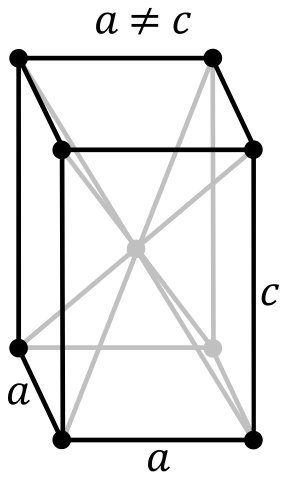 | Face Centered Cubic 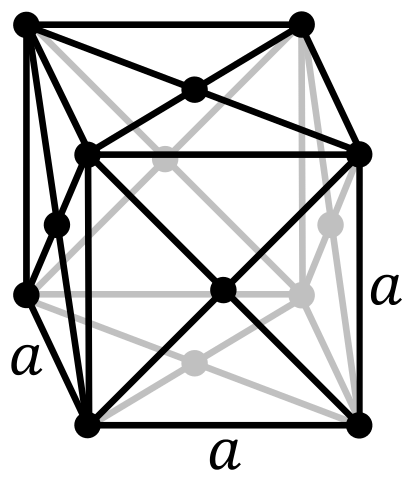 |
Atomic and Orbital Properties
| Property | Tin | Helium |
|---|---|---|
| Atomic Number | 50 | 2 |
| Number of Electrons (with no charge) | 50 | 2 |
| Number of Protons | 50 | 2 |
| Mass Number | 118.71 | 4.002602 |
| Number of Neutrons | 69 | 2 |
| Shell structure (Electrons per energy level) | 2, 8, 18, 18, 4 | 2 |
| Electron Configuration | [Kr] 4d10 5s2 5p2 | 1s2 |
| Valence Electrons | 5s2 5p2 | 1s2 |
| Oxidation State | -4, 2, 4 | - |
| Atomic Term Symbol (Quantum Numbers) | 3P0 | 1S0 |
| Shell structure | 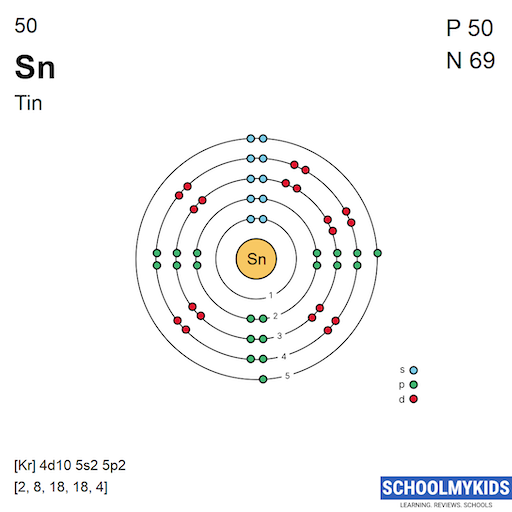 | 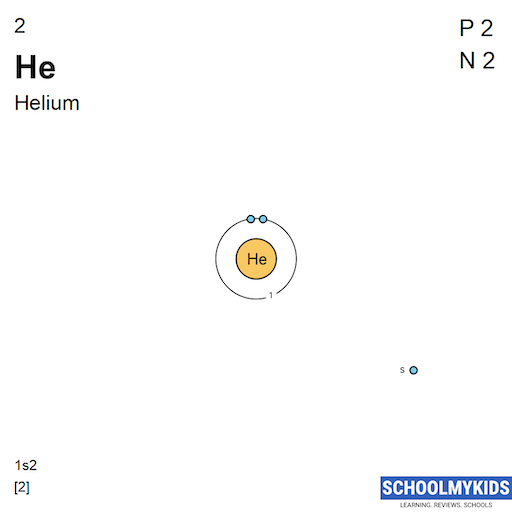 |
Isotopes and Nuclear Properties
Tin has 10 stable naturally occuring isotopes while Helium has 2 stable naturally occuring isotopes.
| Parameter | Tin | Helium |
|---|---|---|
| Known Isotopes | 99Sn, 100Sn, 101Sn, 102Sn, 103Sn, 104Sn, 105Sn, 106Sn, 107Sn, 108Sn, 109Sn, 110Sn, 111Sn, 112Sn, 113Sn, 114Sn, 115Sn, 116Sn, 117Sn, 118Sn, 119Sn, 120Sn, 121Sn, 122Sn, 123Sn, 124Sn, 125Sn, 126Sn, 127Sn, 128Sn, 129Sn, 130Sn, 131Sn, 132Sn, 133Sn, 134Sn, 135Sn, 136Sn, 137Sn | 3He, 4He, 5He, 6He, 7He, 8He, 9He, 10He |
| Stable Isotopes | Naturally occurring stable isotopes: 112Sn, 114Sn, 115Sn, 116Sn, 117Sn, 118Sn, 119Sn, 120Sn, 122Sn, 124Sn | Naturally occurring stable isotopes: 3He, 4He |
| Neutron Cross Section | 0.63 | 0.007 |
| Neutron Mass Absorption | 0.0002 | 0.00001 |
Chemical Properties: Ionization Energies and electron affinity
| Property | Tin | Helium |
|---|---|---|
| Valence or Valency | 4 | 0 |
| Electronegativity | 1.96 Pauling Scale | - |
| Electron Affinity | 107.3 kJ/mol | 0 kJ/mol |
| Ionization Energies | 1st: 708.6 kJ/mol 2nd: 1411.8 kJ/mol 3rd: 2943 kJ/mol 4th: 3930.3 kJ/mol 5th: 7456 kJ/mol | 1st: 2372.3 kJ/mol 2nd: 5250.5 kJ/mol |
Physical Properties
| Property | Tin | Helium |
|---|---|---|
| Density | 7.31 g/cm3 | 0.0001785 g/cm3 |
| Molar Volume | 16.239 cm3/mol | 22.4136 cm3/mol |
Elastic Properties | ||
| Young Modulus | 50 | - |
| Shear Modulus | 18 GPa | - |
| Bulk Modulus | 58 GPa | - |
| Poisson Ratio | 0.36 | - |
Hardness - Tests to Measure of Hardness of Element | ||
| Mohs Hardness | 1.5 MPa | - |
| Vickers Hardness | - | - |
| Brinell Hardness | 51 MPa | - |
Electrical Properties | ||
| Electrical Conductivity | 9100000 S/m | - |
| Resistivity | 1.1e-7 m Ω | - |
| Superconducting Point | 3.72 | - |
Heat and Conduction Properties | ||
| Thermal Conductivity | 67 W/(m K) | 0.1513 W/(m K) |
| Thermal Expansion | 0.000022 /K | - |
Magnetic Properties | ||
| Magnetic Type | Diamagnetic | Diamagnetic |
| Curie Point | - | - |
| Mass Magnetic Susceptibility | -3.1e-9 m3/kg | -5.9e-9 m3/kg |
| Molar Magnetic Susceptibility | -3.68e-10 m3/mol | -2.36e-11 m3/mol |
| Volume Magnetic Susceptibility | -0.0000227 | -1.05e-9 |
Optical Properties | ||
| Refractive Index | - | 1.000035 |
Acoustic Properties | ||
| Speed of Sound | 2500 m/s | 970 m/s |
Thermal Properties - Enthalpies and thermodynamics
| Property | Tin | Helium |
|---|---|---|
| Melting Point | 505.08 K | 0 K |
| Boiling Point | 2875 K | 4.22 K |
| Critical Temperature | - | 5.19 K |
| Superconducting Point | 3.72 | - |
Enthalpies | ||
| Heat of Fusion | 7 kJ/mol | 0.02 kJ/mol |
| Heat of Vaporization | 290 kJ/mol | 0.083 kJ/mol |
| Heat of Combustion | - | - |
Regulatory and Health - Health and Safety Parameters and Guidelines
| Parameter | Tin | Helium |
|---|---|---|
| CAS Number | CAS7440-31-5 | CAS7440-59-7 |
| RTECS Number | {N/A, RTECSXP7320000} | RTECSMH6520000 |
| DOT Hazard Class | - | 2.2 |
| DOT Numbers | - | 1963 |
| EU Number | - | - |
| NFPA Fire Rating | 3 | 0 |
| NFPA Health Rating | 1 | 1 |
| NFPA Reactivity Rating | 3 | 0 |
| NFPA Hazards | - | - |
| AutoIgnition Point | - | - |
| Flashpoint | - | - |
Compare With Other Elements
Compare Tin and Helium with other elements of the periodic table.
Compare Tin with all Group 14 elementsCompare Tin with CarbonCompare Tin with SiliconCompare Tin with GermaniumCompare Tin with LeadCompare Tin with Flerovium Compare Tin with all Period 5 elementsCompare Tin with RhodiumCompare Tin with RubidiumCompare Tin with StrontiumCompare Tin with YttriumCompare Tin with ZirconiumCompare Tin with NiobiumCompare Tin with MolybdenumCompare Tin with TechnetiumCompare Tin with RutheniumCompare Tin with PalladiumCompare Tin with SilverCompare Tin with CadmiumCompare Tin with IndiumCompare Tin with AntimonyCompare Tin with TelluriumCompare Tin with IodineCompare Tin with Xenon Compare Tin with all Post Transition Metal elements | Compare Helium with all Group 18 elementsHelium vs Neon ComparisonHelium vs Argon ComparisonHelium vs Krypton ComparisonHelium vs Xenon ComparisonHelium vs Radon ComparisonHelium vs Oganesson Comparison Compare Helium with all Period 1 elementsCompare Helium with all Noble Gas elements |
